UCM Animal Nutrition Quiz 4
1/131
There's no tags or description
Looks like no tags are added yet.
Name | Mastery | Learn | Test | Matching | Spaced |
|---|
No study sessions yet.
132 Terms
acetate, propionate, butyrate
3 VFAs produced in the rumen during microbial digestion
through the digestion of starch, cellulose, and hemicellulose
How are VFAs produced?
microbes break apart polysaccharide chains into individual glucose molecules
What happens first in microbial digestion?
amylase (alpha) and cellulase (beta)
What enzymes break apart polysaccharide chains?
for energy
How to microbes use glucose molecules that are broken up?
to make VFAs
How do microbes use the energy from glucose?
one acetate, one propionate, one methane
What can one glucose molecule make?
just a reminder there can be a variety of mixtures
could be 3 acetate
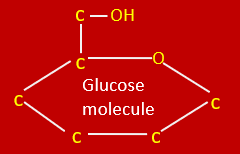
one
How many carbons does methane have?
two
How many carbons does acetate have?
3
How many carbons does propionate have?
How many carbons does butyrate have?
eructation = belching
How is methane released?
papillae
What are located all along the wall of the rumen and the cecum?
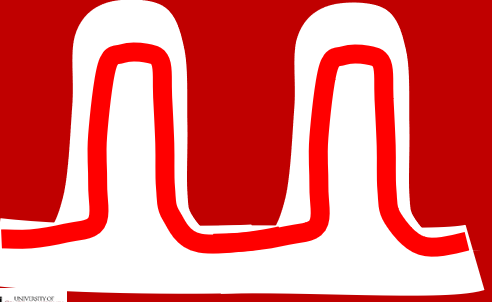
For body’s energy
How do ruminants use the VFAs that the microbes produce?
VFAs are absorbed into the bloodstream
After microbes break apart polysaccharide chains into individual glucose molecules, what happens?
it is the primary energy source for most cells in the body
Why must glucose always be in the bloodstream?
propionate is converted into glucose by an enzyme that combines two propionate molecules together to form one glucose molecules
How does glucose get into the bloodstream of the animal when only VFAs are absorbed from the rumen?
Why is propionate so important?
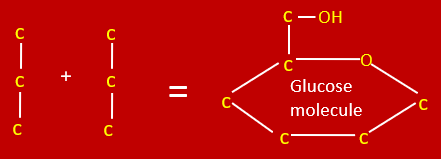
used as an energy source directly by the cells in the body in the krebs cycle
How are acetate and butyrate used once in the bloodstream?
depends on diet fed to the ruminant
What does the percentage of each VFA produced depend on?
higher ADG because more propionate is formed which creates more energy for the body which improves growth and performance
What does higher grain diet result in?
find balance between forage and grains

in the small intestine
Where does most lipid digestion occur in monogastrics and ruminants?
in the rumen, microbes will break them down but not absorb them
lipids in the chyme are released from the stomach into the sm intestine where it is mixed with bile and lipase enzyme
How are lipids digested?
it separates the mass of triglycerides into individual triglycerides
How does the bile digest lipids?
it breaks the triglycerides into individual fatty acids by cutting the first and the third
How does the lipase enzyme digest lipids?
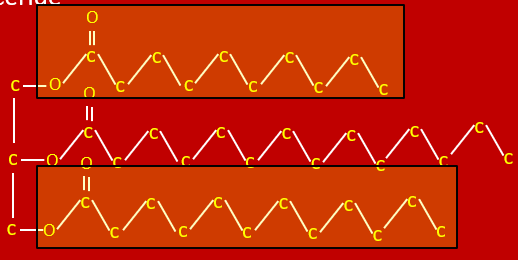
through the villi into the lymph system where they form back into triglyceride
Where are the individual triglycerides absorbed?
they are grabbed by the cell surface and then broken down again into fatty acids in order to enter the cell
How are lipids absorbed into the cell?
don’t need a ‘key’ to enter a cell
emulsifying
What agent gets in amongst the mass of triglycerides separating it out?
they produce energy for the cell though a process call B-oxidation, other wise they are stored in adipocytes (fat cells)
How are fatty acids metabolized in the cell?
used in the Kreb’s cycle to produce ATP
What are the products of B-oxidation used for?
only require a small amount and all required minerals and vitamin are provided in premixes
Two good things about vitamins and mineral in farm animal diets in order for them to thrive?
a deficiency or toxicity can cause major problem and easily making mistakes when mixing
Two bad things about vitamins and mineral in farm animal diets?
organic molecule (any molecule that contains the element carbon)
What is a vitamin?
an inorganic molecule (any molecule that does not contain the element carbon)
What is a mineral?
Help enzymes as ‘co-factors’ to catalyze metabolism in the cell, Regulate cell and tissue growth, Serve as anti-oxidants.
What are the 3 main functions in the farm animal body?
a non-protein chemical compound that is bound to an enzyme and must be present in order for that enzyme to be active
What is a co-factor?
Most animals do not make their own, thus they must obtain them from their diet
How do vitamins and minerals become present in the animal’s body?
13
How many vitamins are there?
fat-soluble and water-soluble
What are the two groups of vitamins?
Can be stored in the fat of the body for a long period of time (i.e. months), Do not need to be obtained daily in the diet,
What are fat-soluble vitamins?
Cannot be stored in the fat of the body, Most water-soluble vitamins must be obtained daily in the diet.
What are water-soluble vitamins?
vitamin A, D, E, K
Example of fat-soluble vitamins
important for growth, development, and performance of the immune system
Why is vitamin A important?
it can be lost from feedstuffs if it is stored too long (weeks) or not kept dry due to oxidation
What is the trouble with vitamin A?
a hormone that signals for the body to absorb calcium and phosphorus from the small intestine
What does vitamin D for the body?
consuming plants which contain it and exposure to sunlight
How does the body absorb vitamin A?
rickets in young animals, weak bones in older animals, weak egg shells
Symptoms of vitamin D deficiency (calcium related)
anti-oxidant in the body helping prevent oxidant damage to cell membranes and protein
Why is vitamin E important?
white muscle disease (selenium deficiency)
Vitamin E deficiency
degenerative muscle disease that can affect young, growing animals. When the mother does not have enough selenium in utero
What is white muscle disease?
can vary from mild stiffness to obvious pain upon walking to an ability to stand
What are symptoms of white muscle disease?
necropsy = pale, chalky muscles
How can white muscle disease be diagnosed?
required for proper blood coagulation in body
What is the importance of vitamin K?
internal bleeding that can be caused by sweet clover poisoning (spoiled hay)
What happens if the body is deficient in vitamin K?
Vitamin C and B-complex vitamins
Example of water soluble vitamins
produced from glucose in the animal itself to meet daily requirement
Where do farm animals get vitamin C from?
microbes produce all from microbial digestion
Where do ruminant, hindgut fermenters, and monogastric attain B-complex vitamins?
different for swine and poultry
co-factors
What do B-complex vitamins serve as?
it means mineral can’t be absorbed into the body and results in a deficiency, even though its in the diet. Also can not be active for the enzymes needed in cellular metabolism in the animal’s body
What does it mean when a mineral is ‘bound up’ by another mineral?
macro and trace
What are two categories of minerals?
required in higher amounts of 100 parts per million (ppm) or greater
What amount of macro minerals are needed in?
required in lower amounts of 100 parts per million (ppm) or less
What amount of trace minerals are needed in?
easier to get a toxicity with trace minerals since low required amount (especially when mixing your own (selenium))
Complications of trace minerals
Calcium, Phosphorus, Magnesium, Sulfur, Sodium, Chlorine, Potassium
What are the macro minerals?
Bone structure, eggshell structure, muscle function, basic cellular function
What are calcium, phosphorus, and magnesium important for?
rickets and hypocalcaemia (milk fever)
What two diseases that occur with a Calcium deficiency?
in the first few days after giving birth the animals body is unable to mobilize enough Ca into the blood stream either from diet or Ca reserves in the bone for milk being produced
What is hypocalcaemia (milk fever) cause?
sway and walk slowly due to lack of Ca in muscle, cow or sheep might have head turned back toward body while laying down on side
What are clinical signs of hypocalcaemia?
give shot of Ca into blood stream
What is treatment of hypocalcaemia?
rickets, decrease in growth rate and feed efficiency and depraved (consume non-food objects) appetite
What is caused by a phosphorus deficiency?
Ca to P ratio of 1:1 up to 5:1 in diet
What is so important about the calcium and phosphorus?
1 part Ca to 1 part P
1.5:1 or 2:1
What is the ideal ratio should be?
grass tetany
In cattle, what is a disease caused by magnesium (Mg) deficiency?
thought to be caused by high levels of potassium (K) which may bind Mg and prevent absorption of Mg
Affects older cows nursing calves less than two months old
Who does grass tetany affect?
Cows may act excitable or aggressive then develop an uncoordinated gait, have convulsions, enter a coma and then die
How does grass tetany affect the cow?
copper, selenium, zinc, iron, iodine
Example of trace minerals
just a pinch
copper being bound up by high levels of molybdenum, sulfur, iron, and zinc
What is caused by copper deficiency metabolically related?
loss of pigment form colored hair especially around the eyes, sudden heart failure causing sudden death, lameness
What is caused by copper deficiency in animal symptoms?
sheep
What should you never feed copper too?
selenium
In trace mineral, white muscle disease is an indication of what deficiency?
found in high concentrations in soil and errors in feed formulation
How does selenium toxicity happen?
labored breathing, abnormal movement and posture, diarrhea, and death in a few hours
Clinical signs of selenium toxicity
crude protein, crude fat, crude fiber, and vitamins and minerals
What nutrient information is on a typical feed tag?
due the fluctuations in grain prices and amount of feedstuffs
On the feed tag, why doesnt it specify the exact content?
first, feedstuff is weigh, then dried in oven at 100 C, then reweighed
How is the water content of feedstuff measured?
dry matter = feedstuff - water
taking dried weight of feedstuff dividing by the original weight
How do you find the dry matter %?
for diet formulation and different feedstuff
Why is dry matter % important?
measure the amount of nitrogen using the Kjeldahl method
How is the protein content of feedstuff measured?
nitrogen % * 6.25
How to find the crude protein %?
take feedstuff and burning it at >500 C and analyzing the ash to determine the mineral present
How is the mineral content of feedstuff measured?
spectrophotometry or high performance liquid chromatography (HPLC)
How is the vitamin content of feedstuff measured?
first, feedstuff is mixed with ether (dissolves lipids into the liquid), then weighed, ether is evaporated to leave lipids, then lipids are weighed
How is the lipid content of feedstuff measured?
calculating the percent remaining after all other nutrients have been measured or complex lab methods
How is the carbohydrate content of feedstuff measured?
Carbohydrate % = 100% - water % - vitamin % - mineral % - crude fat % - crude protein %
carbohydrate content of feedstuff measured
determine the overall energy provided by a given feedstuff including energy from lipids, proteins, and carbs
What is the energy scheme used for?
energy intake
By determining the energy of a given feedstuff, nutritionists can formulate diets for required _ of an animal.
energy scheme
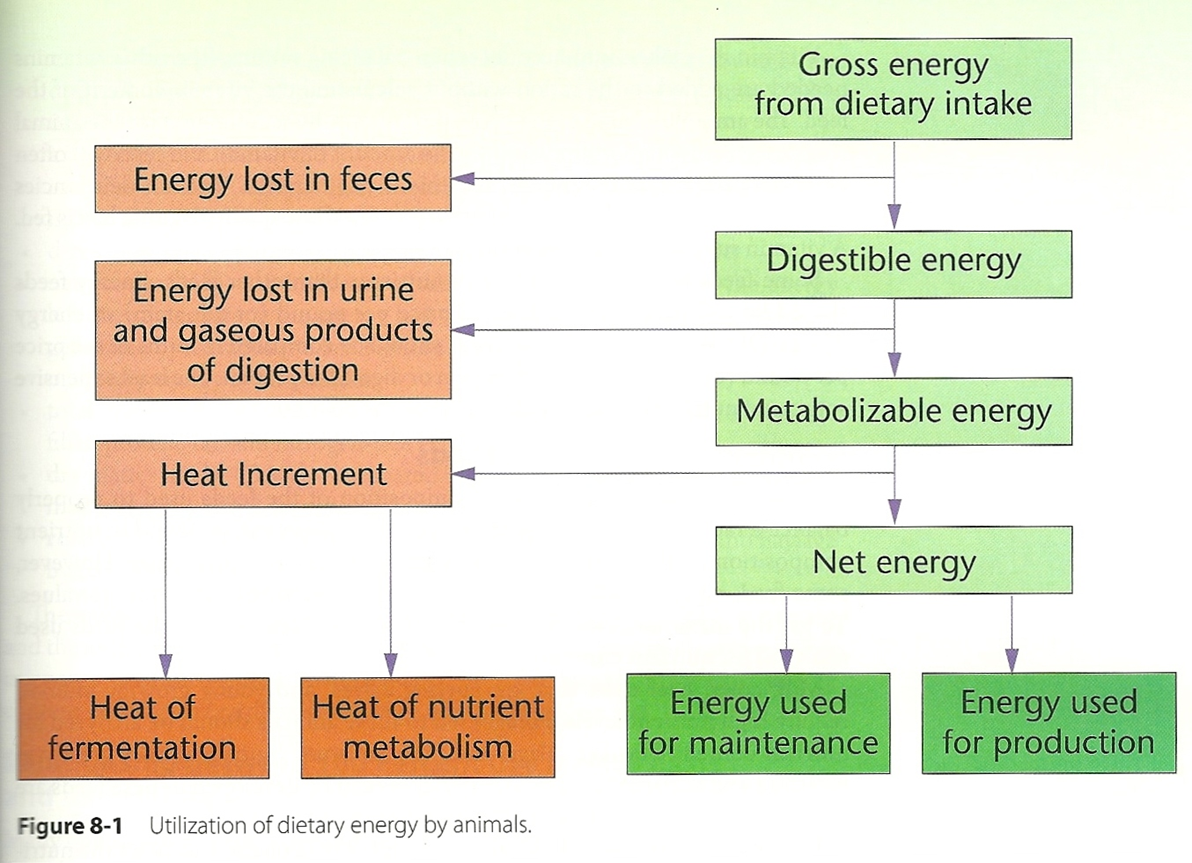
Fermentation= microbial digestion
Nutrient metabolism = krebs cycle, glycolsis, B oxidation
Gross energy (GE) – fecal loss
What is the equation for digestible energy (DE)?
Digestible energy (DE) – gas and urine
What is the equation for metabolizable energy (ME)?
Metabolizable energy (ME) – heat losses
What is the equation for net energy (NE)?
measures the energy in feedstuff by measuring heat output when feed is burned
What does a bomb calorimeter do?